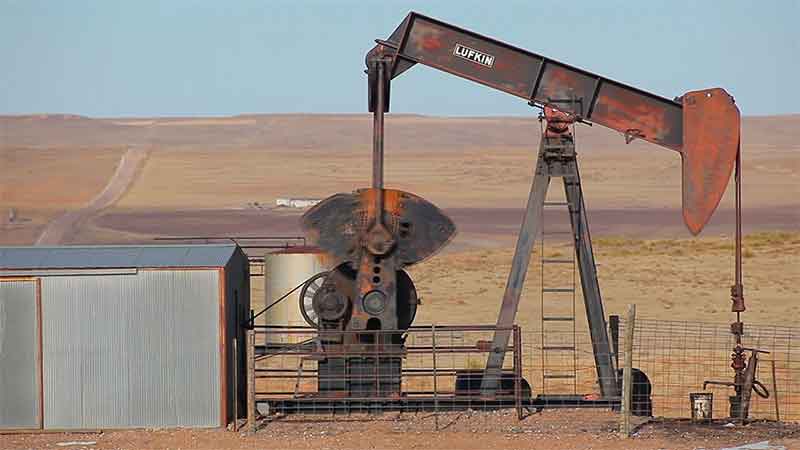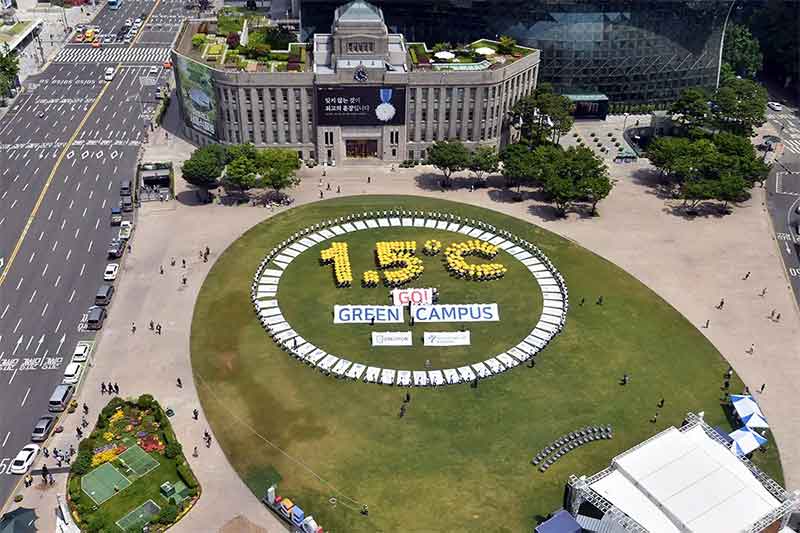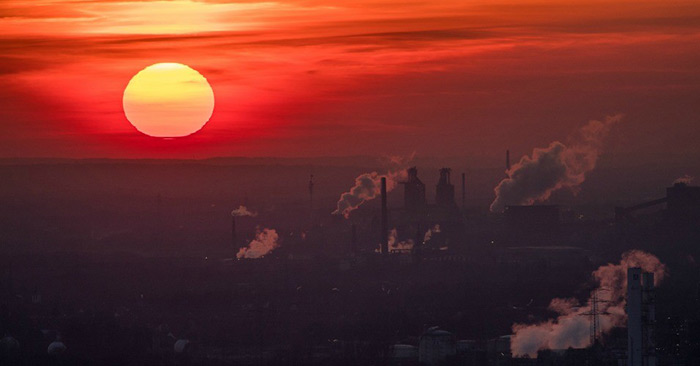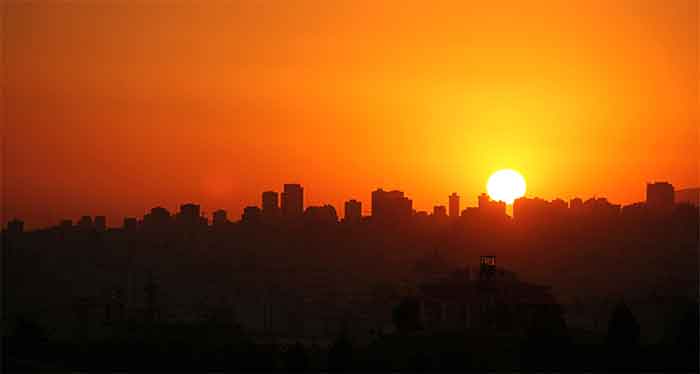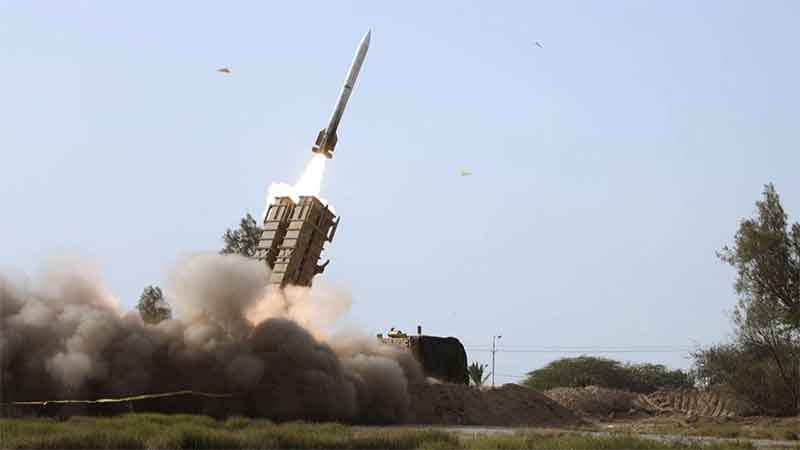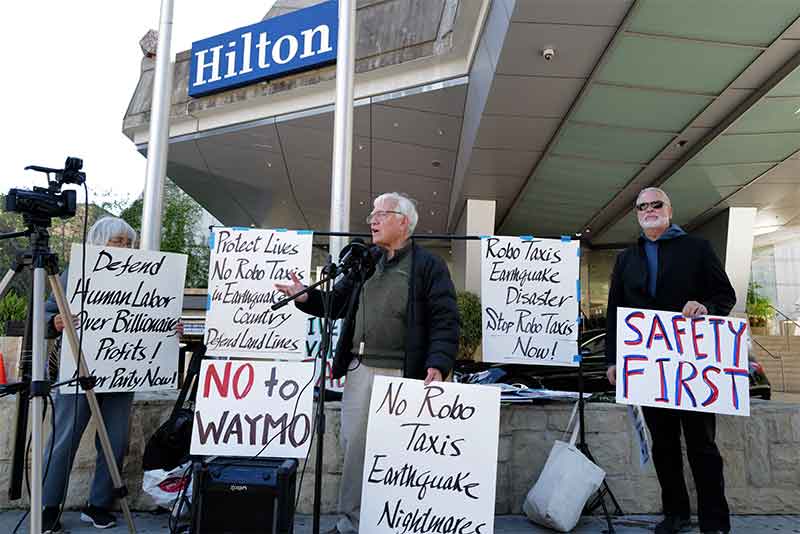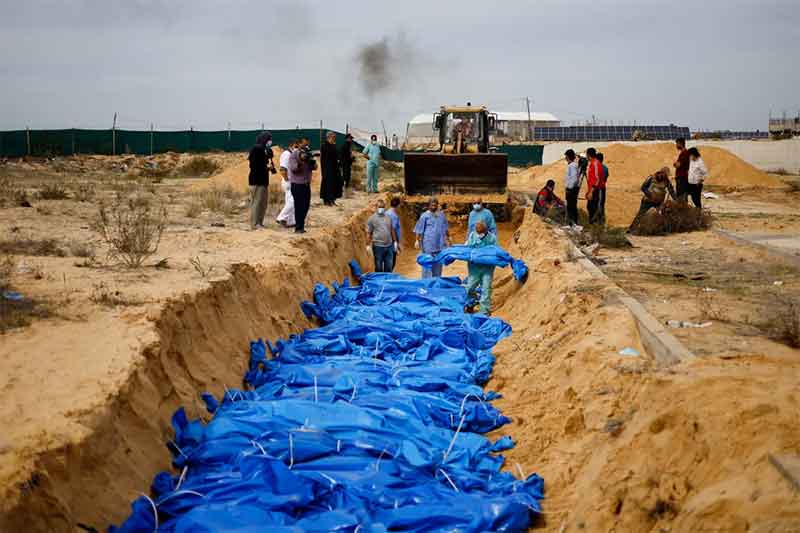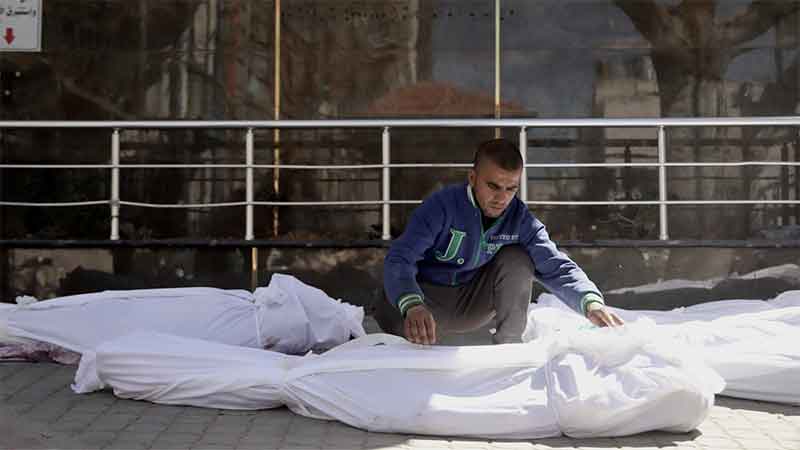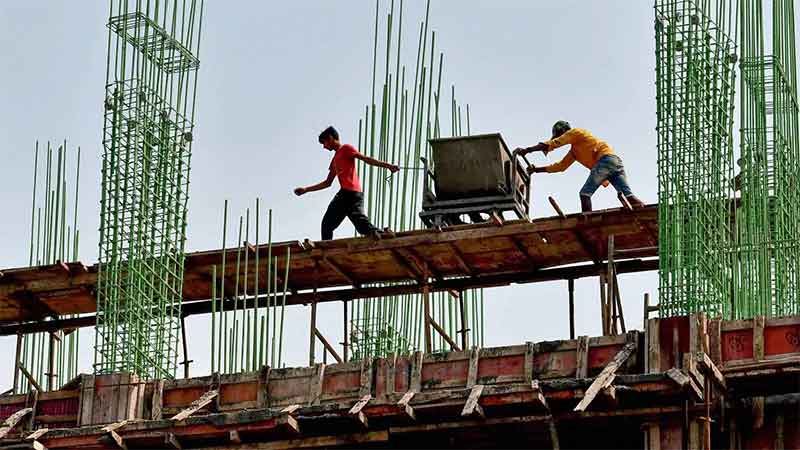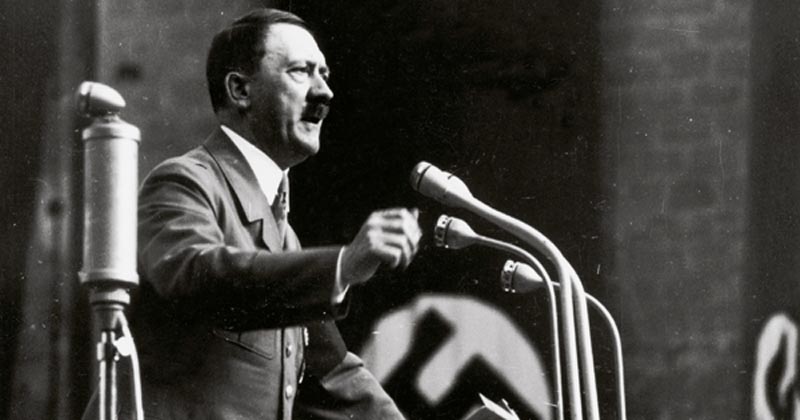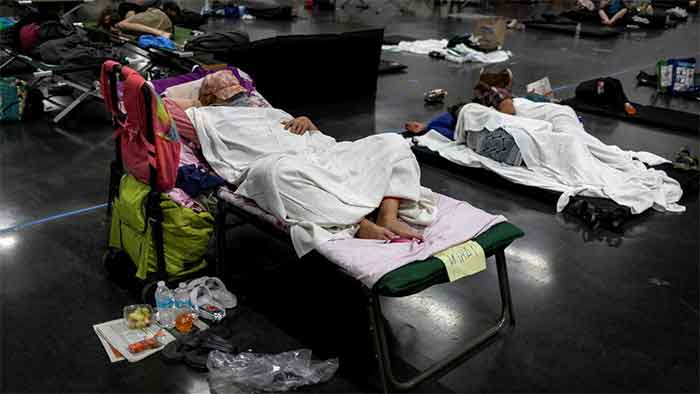
Extreme heatwave has hit the Canadian west coast and the northwest U.S. leading to scores of deaths. In areas, temperature rose to more than 46°C to more than 47°C.
Media reports on the heat dome now covering the Pacific Northwest are telling hardship of people in the regions, melting of power cables, buckling of roads, and closure of schools, universities, restaurants, and scarcity of air conditioners and ice in stores. Convention halls and libraries have been turned in cooling centers for residents who have no air conditioners.
Later, a Reuters report said on June 30, 2021:
Coastal residents of the Pacific Northwest, punished by three days of record-breaking heat, got relief as temperatures fell dramatically and cooler breezes blew in from the Pacific Ocean.
But the hot weather did not relent east of the Cascade Range in Oregon and Washington, where excessive heat warnings remained in place on Tuesday. The U.S. National Weather Service (U.S.NWS) forecast more heat in Idaho and Montana for the rest of the week.
Experts say the heatwaves that have descended on parts of the U.S. this year cannot be linked directly to climate change. But unusual weather patterns could become more common amid rising global temperatures, U.S.NWS meteorologist Eric Schoening told Reuters this month.
On June 30, 2021 an earlier Reuters report said:
The Canadian province of British Columbia suffered nearly double the average deaths as temperatures hit a record high of 46.6°C (115.88°F) during the past four days of “extreme heat”, officials said on Tuesday.
At least 233 people died in the West coast province between Friday and Monday, about 100 more than the average for a four-day period, and the number was expected to rise as more reports were filed, officials said.
“Since the onset of the heat wave late last week, the BC Coroners Service has experienced a significant increase in deaths reported where it is suspected that extreme heat has been contributory,” BC Coroners Service said on Monday.
Coroners are now gathering information to determine the cause and manner of deaths and whether heat played a role, the statement said.
Environmental heat exposure can lead to severe or fatal results, particularly in older people, infants and young children and those with chronic illnesses, Chief Coroner Lisa Lapointe said in a statement.
British Columbia closed schools and universities on Monday due as temperatures soared.
Lytton, a town in central British Columbia roughly 200km (124 miles) north of Vancouver, reported a temperature of 46.6°C (115.88°F) on Sunday.
Canada is widely known for its brutal winter and snows, and prior to the weekend the historical high in Canada was 45°C, set in Saskatchewan in 1937, according to Environment and Climate Change Canada.
The heatwave in the Pacific Northwest, which is more accustomed to long bouts of rain than sun, resulted from a high pressure system that was not moving, said Greg Flato, a senior research scientist with Environment and Climate Change Canada based in Victoria.
Another Reuters report from Vancouver said on June 29, 2021:
The hotter weather pushed people to take shelter in beaches and lake fronts. Social media posts with tips on staying cool without air conditioners went viral, in a province where less than 40% of homes have air conditioning, according to a 2018 study from B.C. Hydro.
Greg Flato said: “Temperatures get very hot during the day, they don’t cool off that much of the night and they stay relatively stationary, as opposed to the usual kind of weather events here on the West Coast… that come in across the Pacific (Ocean) and sweep across us.”
“It drives home the point that climate is changing. Science has been telling us for a long time but to be actually immersed in it, as we are here and having to sleep down in the basement to stay cool – it really drives that home.”
Canola futures surged to daily price limits on Monday, fueled by a heatwave and dry weather on the Canadian Prairies.
Extreme heat soared up to all-time highs of 117 degrees Fahrenheit in the Pacific Northwest, which Meteorologist Johanna Wagstaffe said is caused by a heat dome.
“A heat dome is essentially a huge high pressure ridge, we get sinking air around a high pressure and that basically acts like a cap locking in and cooking the air below.”
High sustained temperatures are unusual in the region, which is much more accustomed to bouts of rain over sun.
One town just outside of Vancouver recorded the country’s hottest recorded temperature over the weekend, at roughly over 115 degrees.
Before then, the record high in Canada was 113 degrees in 1937, according to the climate organization, Environment and Climate Change Canada.
U.S. northwest
An AP report from SPOKANE, Washington, U.S., said on June 30, 2021:
About a dozen deaths in Washington and Oregon may be tied to an intense heat wave that brought scorching temperatures to the Northwest and caused one power utility to impose rolling blackouts amid heavy demand.
The dangerous weather that gave Seattle and Portland consecutive days of record high temperatures exceeding 100 degrees Fahrenheit (37.7 degrees Celsius) eased in those cities on Tuesday. But inland Spokane, towns in eastern Oregon and cities in Idaho saw temperatures spike.
The U.S. National Weather Service said the mercury reached 109 F (42.2 C) in Tuesday in Spokane — the highest temperature ever recorded there.
About 9,300 Avista Utilities customers in Spokane lost power on Monday and the company said more planned blackouts began on Tuesday afternoon in the city of about 220,000 people.
“We try to limit outages to one hour per customer,” said Heather Rosentrater, an Avista vice president for energy delivery.
She said about 2,400 customers were without power as of shortly after 2 p.m. Tuesday, mostly on the north side of the city, and those customers had been alerted about the planned outage. About 21,000 customers were warned Tuesday morning that they might experience an outage, she said.
Rosentrater said the outages were a distribution problem, and did not stem from a lack of electricity in the system.
Meanwhile, authorities said multiple recent deaths in the region were possibly related to the scorching weather.
The King County Medical Examiner’s office said two people died due to hyperthermia, meaning their bodies had become dangerously overheated. The Seattle Times reported they were a 65-year-old Seattle woman and a 68-year-old Enumclaw, Washington, woman.
And the Snohomish County Medical Examiner’s Office on Tuesday told the Daily Herald in Everett, Washington, that three men — ages 51, 75 and 77 — died after experiencing heat stroke in their homes. They were from Everett, Granite Falls and Marysville in Washington.
The heat may have claimed the life of a worker on a nursery in Oregon, the state’s worker safety agency, known as Oregon OSHA, said on Tuesday.
The man who died was from Guatemala and had apparently arrived in the U.S. only a few months ago, said Andres Pablo Lucas, owner of Brother Farm Labor Contractor that provided workers for the nursery, including the man who died.
The man, whose name was not disclosed, died at Ernst Nursery and Farms, a wholesale supplier in St. Paul, 20 miles (32 kilometers) north of Salem, on Saturday amid sweltering temperatures. An Oregon OSHA database listed the death as heat-related.
“The employee was working on a crew moving irrigation lines. At the end of the shift he was found unresponsive in the field,” said agency spokesman Aaron Corvin.
Speaking in Spanish, Pablo Lucas said when workers gathered together shortly after noon Saturday, they noticed one of them was missing. They began searching and found his body. Pablo Lucas said he didn’t remember the man’s name.
Pablo Lucas said the laborers often have the option to start working near sunrise when it is cooler and can stop around midday, but some want to stay regardless of the heat.
“The people want to work, to fight to succeed,” he said. “For that reason, they stay.”
Officials in Bremerton, Washington, said heat may have contributed to four deaths in that Puget Sound city. But Vince Hlavaty, Bremerton’s medical officer, told the Kitsap Sun that firefighters cannot say definitively whether the heat was the cause of death.
In Bend, Oregon, authorities said the deaths of two homeless people in extreme heat may have been weather-related.
The United Farm Workers urged Washington Gov. Jay Inslee to immediately issue emergency heat standards protecting all farm and other outdoor workers in the state with a strong agricultural sector.
Several cities in Idaho also topped 100 F (37.7 C) on Tuesday with the hottest spot in Lewiston where the temperature reached 115 F (46.1 C).
U.S. President Joe Biden, during an infrastructure speech in Wisconsin, took note of the Northwest as he spoke about the need to be prepared for extreme weather.
“Anybody ever believe you would turn on the news and see it is 116 degrees in Portland, Oregon? 116 degrees,” the president said, working in a dig at those who cast doubt on the reality of climate change. “But do not worry – there is no global warming because it’s just a figment of our imaginations.”
Other reports said:
While Portland, Seattle and other cities have had to set up cooling centers for residents without air conditioning, the current heat wave has been so severe that it has buckled roads in parts of Washington. It was informed: State Route 544 milepost 7 near Everson, Wa is currently closed. The asphalt roadway is buckling and unsafe for travel. WSDOT is advised and detours are currently being set up.
The heat wave has brought some unusual problems to the region, where temperatures are typically low enough year-round that many people don’t have air conditioning in their homes.
The Portland Streetcar, which serves downtown Portland, shut down service Sunday and plans to stay closed until at least Tuesday morning. The service posted a photo of a melted power cable on Sunday to explain the disruption.
Another report said on June 29, 2021:
The heat dome has brought some unusual problems to the region, where temperatures are typically low enough year-round that many people don’t have air conditioning in their homes.
The Portland Streetcar, which serves downtown Portland, shut down service Sunday and plans to stay closed until at least Tuesday morning. The service posted a photo of a melted power cable on Sunday to explain the disruption.
The city’s MAX Light Rail Service shut down, too, explaining that high temperatures were straining the power grid and the overhead wires that power its trains.
As a result of the triple-digit temperatures, restaurants throughout Washington, Oregon, and into Canada have had to temporarily close. In some cases, it was because the eateries didn’t have air conditioning, but in others, it’s because even the A/C cannot handle the extreme heat. “We have invested in some portable A/C units, but not sure how great they are gonna work with six fans blowing,” Melissa Miranda, the chef-owner of Musang in Seattle’s Beacon Hill neighborhood, told Eater.
“It is tough for the outside [patio], too, because there’s no air going either. Most importantly it is my concern for the staff […] but it’s tough. Closing down for days affects our business too. And it is tough for guests, and also them understanding that we are human and working in these conditions is insane.”
Super Six, a Hawaiian-Korean spot in the southeastern part of the city, made the same call, telling the outlet that, even with air-conditioning, it was just too hot for the staff to work in the kitchen. All told, there are close to three-dozen Seattle-area restaurants that have closed temporarily until the temperatures start to drop.
Heat dome
A heat dome occurs when there is “a strong change (or gradient) in ocean temperatures from west to east in the tropical Pacific Ocean during the preceding winter,” according to the National Ocean Service.
The warm air coming from the west part of the Pacific Ocean then gets trapped in the jet stream as it approaches land. When that hot air arrives over land, the atmosphere traps the hot air as if a lid was put on it. Winds can move the heat dome around, which is why it can also be referred to as a heat wave. There is no timetable for how long a heat dome can last, but things won’t immediately cool down in much of the Pacific Northwest. Heat domes have occurred more frequently as global temperatures have increased over the years. However, this specific heat dome is one of the rarest.
Jeff Berardelli, a CBS News meteorologist, tweeted on Sunday the chances of experiencing this heat wave is a 1 in 10,000 chance.
GET COUNTERCURRENTS DAILY NEWSLETTER STRAIGHT TO YOUR INBOX

